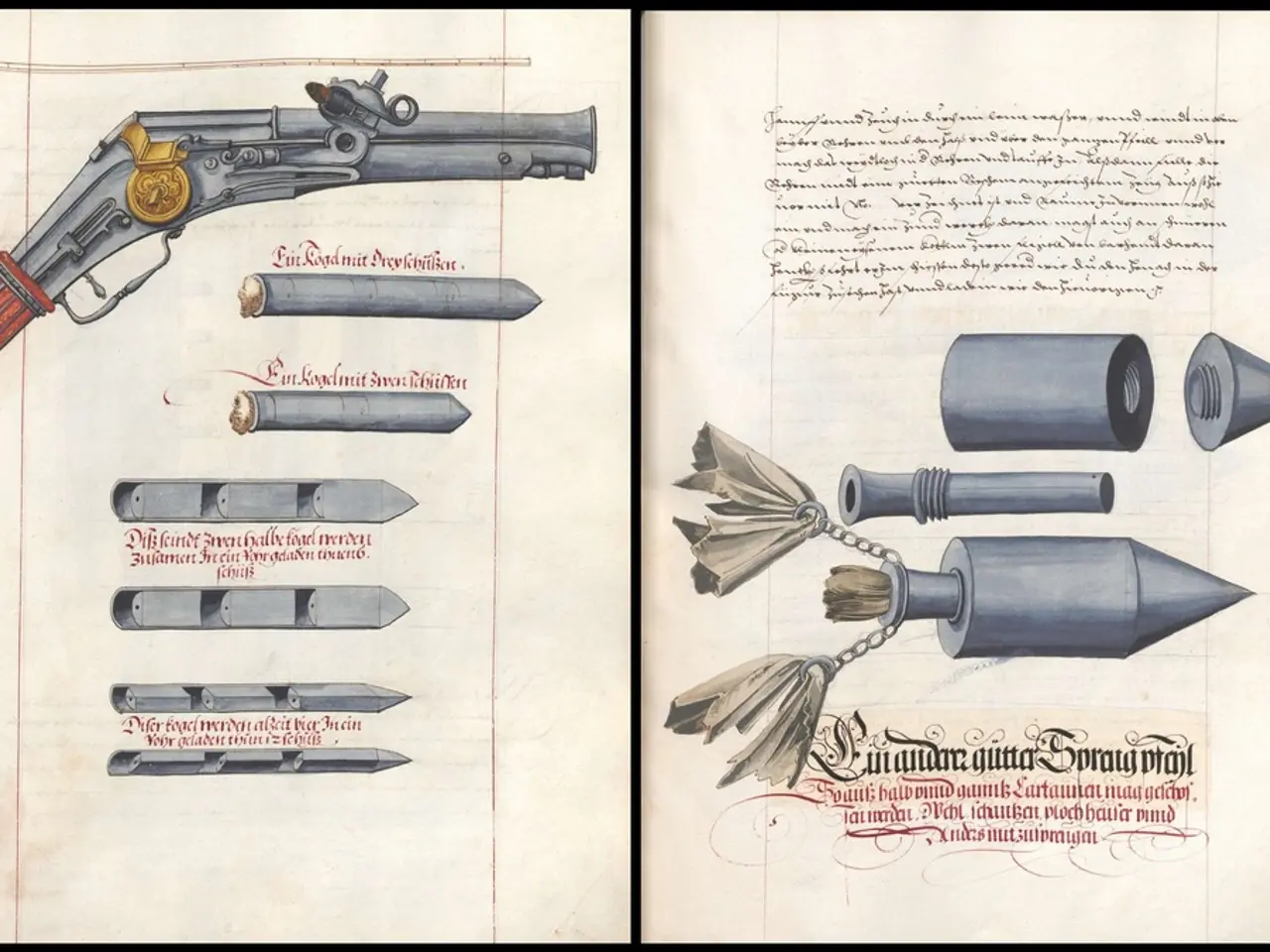Illustrating the Perils of Impromptu Firearm Discharges
============================================================
A series of visualizations by U.S.-based data visualization and content marketing agency, 1Point21 Interactive, shed light on the dangers associated with celebratory gunfire. These compelling visual tools demonstrate how various factors influence the trajectory and potential damage of bullets, emphasizing the risks they pose to public safety.
The visualizations illustrate the impact of gravitational forces, firing angle, muzzle velocity, atmospheric conditions, and the type of gun and bullet on a bullet's flight path.
Gravitational forces pull the bullet downward, causing it to ascend, reach an apex, and then fall back in a curved trajectory. The firing angle plays a significant role in determining the range and height of the bullet's flight. Bullets fired vertically or near-vertically will ascend higher but fall almost straight down, while bullets fired at lower angles travel farther horizontally.
Speed (muzzle velocity) sets the initial kinetic energy, affecting how high and far the bullet can travel before gravity overcomes forward momentum. Atmospheric data, such as air density, pressure, humidity, and wind, affect drag forces, slowing the bullet and altering its path. Higher air resistance reduces range and changes descent speed.
Type of gun and bullet determines the bullet's initial velocity and shape, influencing its aerodynamics and stability in flight. Heavier or more aerodynamic bullets retain velocity better.
The visualizations show estimated trajectories for five popular types of bullets shot at different angles next to iconic landmarks like the Burj Khalifa and Mount Fuji. According to the visualizations, most bullets reach a high enough velocity to penetrate a human skull by the time they return to the ground, as indicated by red trajectories. Bullets that do not have enough velocity to penetrate a human skull are represented by blue trajectories.
Despite the valuable insights provided by these visualizations, they do not specify the exact firing angles, types of guns, or specific atmospheric conditions used in the demonstration. Nor do they indicate which specific types of bullets are most likely to penetrate a human skull upon return to the ground.
These captivating visualizations serve as a stark reminder of the risks associated with celebratory gunfire. By understanding the interplay of factors such as firing angle, initial speed, gravity, and atmospheric drag, we can better appreciate the bullet's final velocity and impact energy on the ground, making it clear that celebratory gunfire poses a significant risk of injury from falling bullets.
Data-and-cloud-computing technology was utilized in the creation of these data visualizations, allowing for a more immersive and effective way to communicate the dangers of celebratory gunfire. This technology enabled the calculation and representation of the complex interplay of factors such as firing angle, initial speed, gravity, and atmospheric drag on bullet trajectories. Additionally, data visualization techniques were employed to compare the potential outcomes of various bullet types under different conditions, providing a comprehensive overview of the risks associated with celebratory gunfire.




